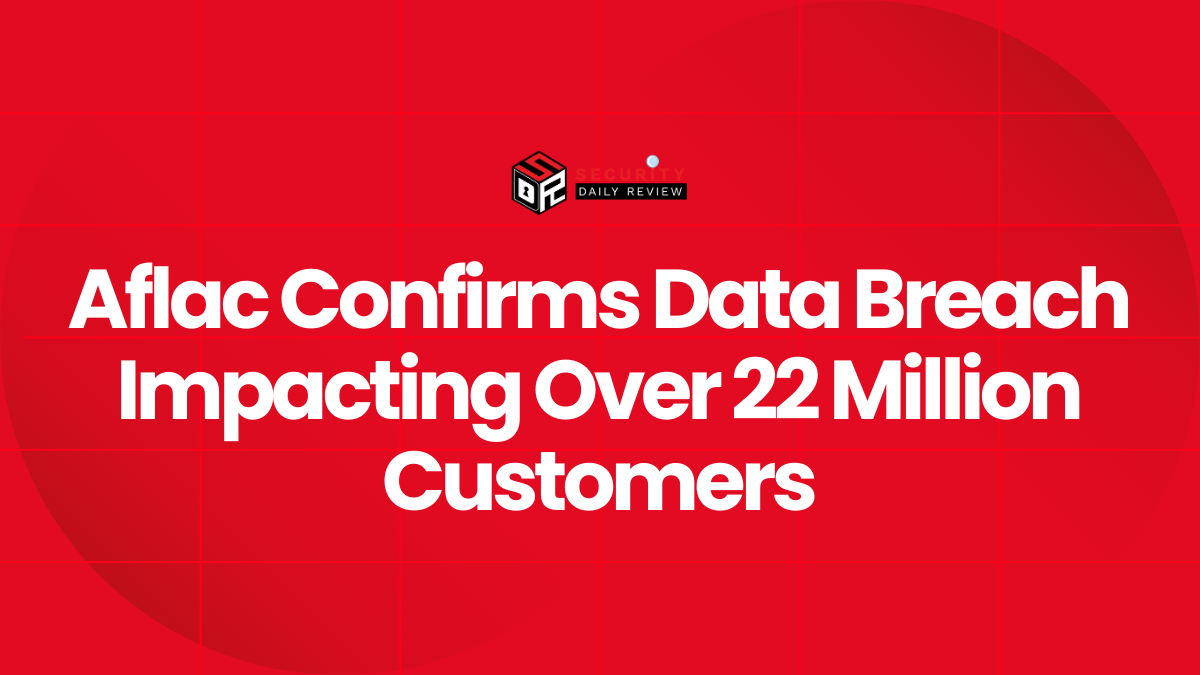AWS Security Breach: Millions of Websites Targeted, Credentials Exposed
In a significant security breach, numerous Amazon Web Services (AWS) customers fell victim to a sophisticated cyberattack that exposed sensitive data, including login credentials, API keys, and source code. The attackers leveraged misconfigured cloud instances, highlighting the critical importance of secure cloud infrastructure management. Independent security researchers Noam Rotem and Ran Loncar uncovered vulnerabilities allowing access to sensitive customer data, infrastructure credentials, and proprietary source code from “millions of websites.”
The AWS Cyberattack: Methodology and Stolen Data
The attackers, identified as French-speaking threat actors potentially linked to the Nemesis and ShinyHunters hacking groups, systematically scanned millions of websites for exploitable vulnerabilities. Their successful exploits yielded a treasure trove of sensitive information, including:
- AWS Customer Keys and Secrets: These provide access to various AWS services and resources.
- Database Credentials: Allowing access to sensitive databases containing customer information.
- Git Credentials and Source Code: Compromising software development processes and intellectual property.
- SMTP Credentials: Enabling the sending of malicious emails.
- API Keys for Services like Twilio, Binance, and SendGrid: Granting access to these third-party services.
- SSH Credentials: Enabling remote access to servers.
- Cryptocurrency-Related Keys and Mnemonics: Potentially leading to cryptocurrency theft.
- Credentials for CPanel, Google Accounts, and other Third-Party Services: Broadening the scope of the attack’s impact.
The attackers then brazenly sold this stolen data through a dedicated Telegram channel, earning “hundreds of euros per breach,” demonstrating a clear profit motive.
The Aftermath: AWS Response and Shared Responsibility
Rotem and Loncar reported their findings to the Israeli Cyber Directorate and subsequently to AWS Security. AWS responded by stating that the vulnerability wasn’t inherent in their system but rather stemmed from customer misconfigurations. “The AWS Security team emphasized that this operation does not present a security concern to AWS, rather, it is on the customer side of the shared responsibility model,” a statement from vpnMentor’s report highlighted. This underscores the shared responsibility model inherent in cloud computing, where both the cloud provider (AWS) and the customer share responsibility for security.
Adding insult to injury, the researchers discovered that the stolen data was stored in an unsecured AWS S3 bucket, acting as a “shared drive” for the attackers. This blatant disregard for security best practices further emphasizes the critical need for vigilance and proper configuration of cloud resources. AWS confirmed that they “completed handling this issue” on November 9th, stating that all services are operating as expected. They also stressed the importance of secure credential handling and provided examples of services like AWS Secrets Manager to help mitigate such risks. Despite AWS’s efforts, the incident serves as a stark reminder of the potential consequences of cloud misconfigurations.
Securing Your AWS Environment
This incident highlights the critical importance of secure cloud infrastructure management. AWS customers must understand and adhere to security best practices to protect their data. Key takeaways include:
- Regular Security Audits: Conduct frequent security audits to identify and address potential vulnerabilities.
- Proper Configuration: Ensure all AWS resources are properly configured to minimize exposure.
- IAM Best Practices: Implement robust Identity and Access Management (IAM) policies to control access to resources.
- Credential Management: Utilize tools like AWS Secrets Manager to securely manage and rotate credentials.
- Regular Updates and Patching: Keep all software and systems updated with the latest security patches.
- Employee Training: Educate employees on security best practices to prevent human error.
The attackers’ actions, coupled with the careless storage of stolen data in an unprotected AWS S3 bucket, underscore the need for continuous vigilance and adherence to best practices in cloud security. The shared responsibility model, while valid, necessitates a high level of customer awareness and proactive security management.









